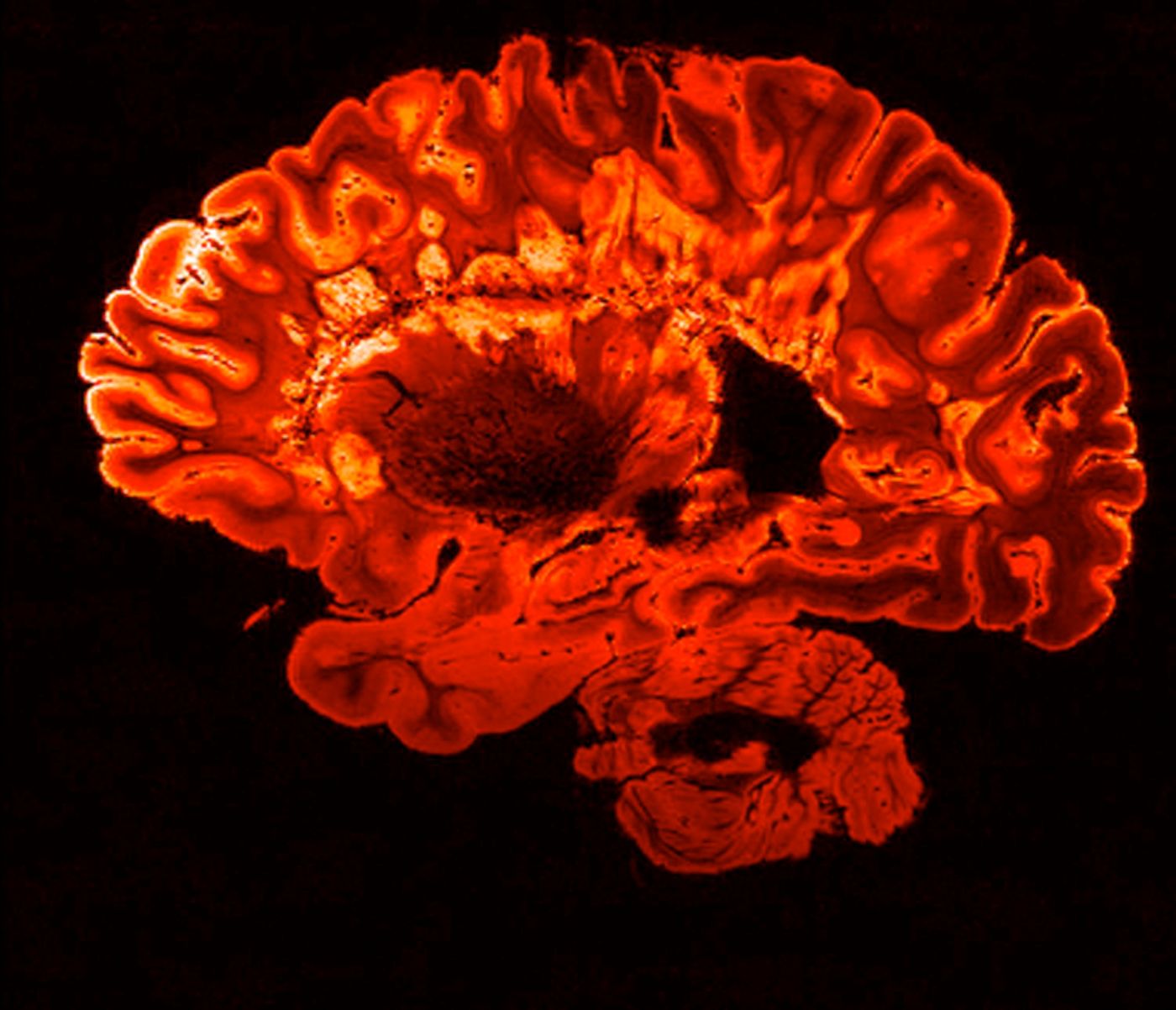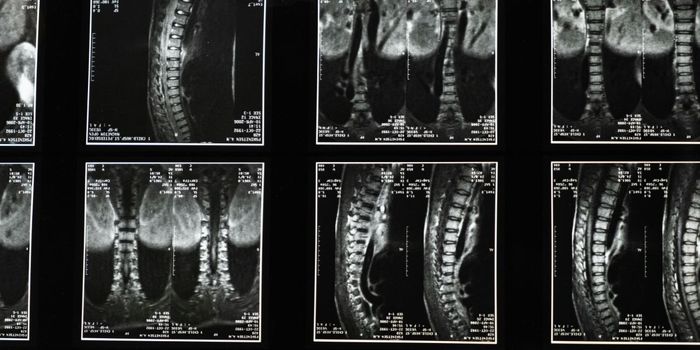Protecting Gray Matter with MS Therapies: The Promise of Anti-CD20 and BAFF
Understanding Multiple Sclerosis
Multiple sclerosis (MS) is recognized as one of the most prevalent neurological diseases among young adults, with symptoms typically emerging between ages 20 to 40 years. The condition is characterized by autoimmune attacks on the central nervous system, leading to brain lesions and impairments in neural function.
In a recent study published in Science Translational Medicine from the University of Toronto’s Department of Immunology, researchers Wang et al. have made significant strides in understanding the protective effects of anti-CD20 therapy against MS.
Wang et al. investigated the efficacy of anti-CD20 therapy in a laboratory model MS. They discovered that this treatment not only protects white matter but also guards against damage to gray matter, a critical outcome with unknown origins previously.
Study Findings: Anti-CD20 Therapy's Neuroprotective Effects
Image credit:
NIH Public Domain
The researchers identified B cell survival factor (BAFF) as a key mediator of this neuroprotection. When examining the serum samples from human patients, the researchers found that elevated levels of BAFF were associated with improved clinical outcomes in anti-CD20 therapy patients., suggesting its importance in preventing gray matter demyelination and microgliosis (activation of brain immune cells). These findings offer valuable insights into the neuroprotective mechanisms of anti-CD20 therapy in MS, potentially guiding the development of more effective treatments to preserve neural integrity and function in affected individuals.
Implications for MS Treatment
These findings shed light on the mechanisms underpinning the neuroprotective effects of anti-CD20 therapy in MS. By reducing metabolic injury and oxidative damage, mediated by BAFF, this treatment approach shows promising potential for preserving neural integrity and function in MS patients.
Limitations and Future Directions
It's important to note that the study utilized a specific laboratory model of MS, which may not perfectly replicate human pathology. Nonetheless, the correlative analysis conducted on patient samples underscores the relevance of these findings to clinical settings.
In summary, Wang et al.'s research underscores the potential of anti-CD20 therapy to safeguard the brain's gray matter in MS. By unraveling the role of BAFF in this process, the study paves the way for more targeted and effective treatments for individuals battling this challenging disease.
Sources: Science Translational Medicine, NIH









